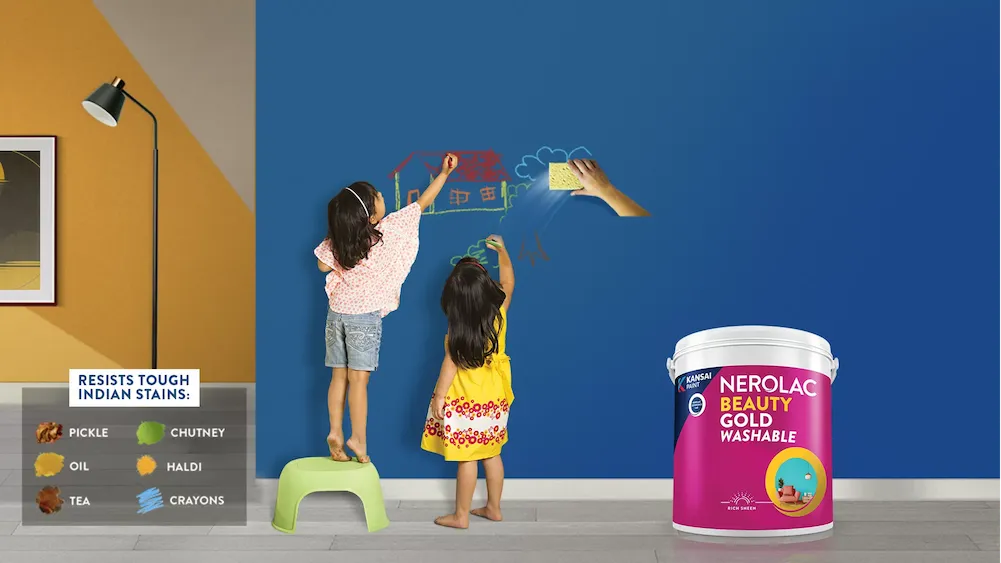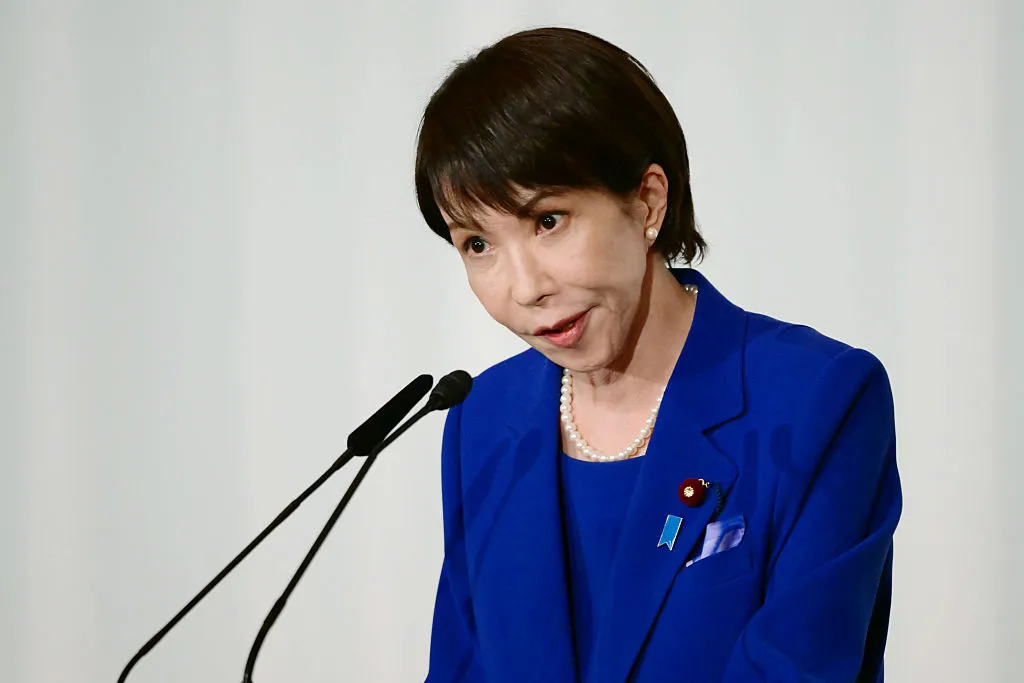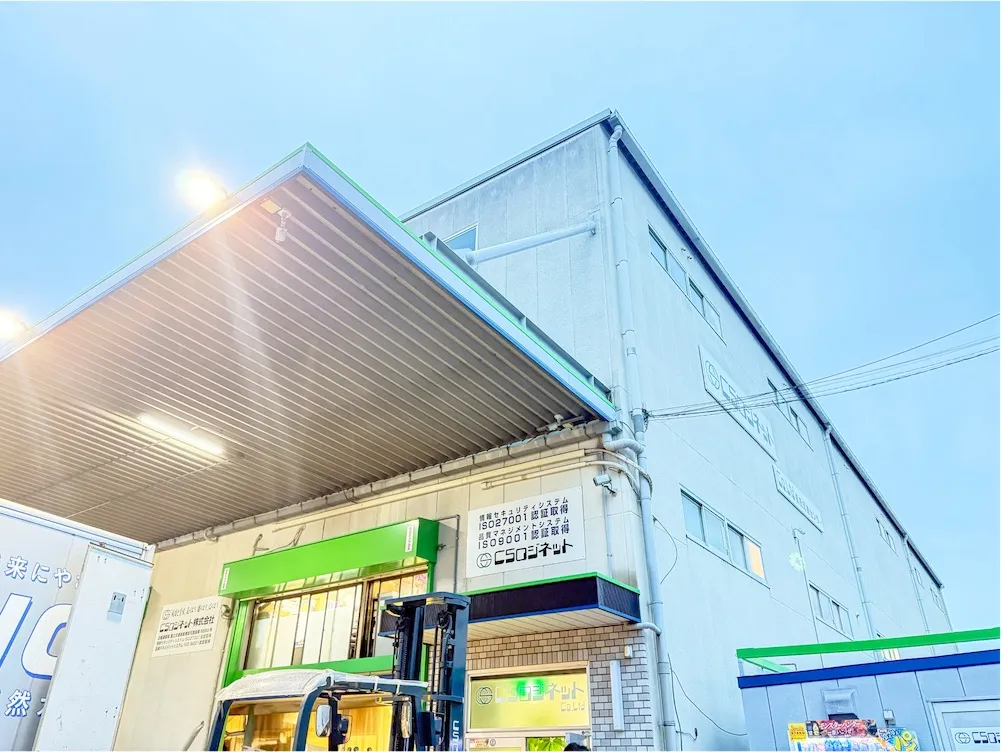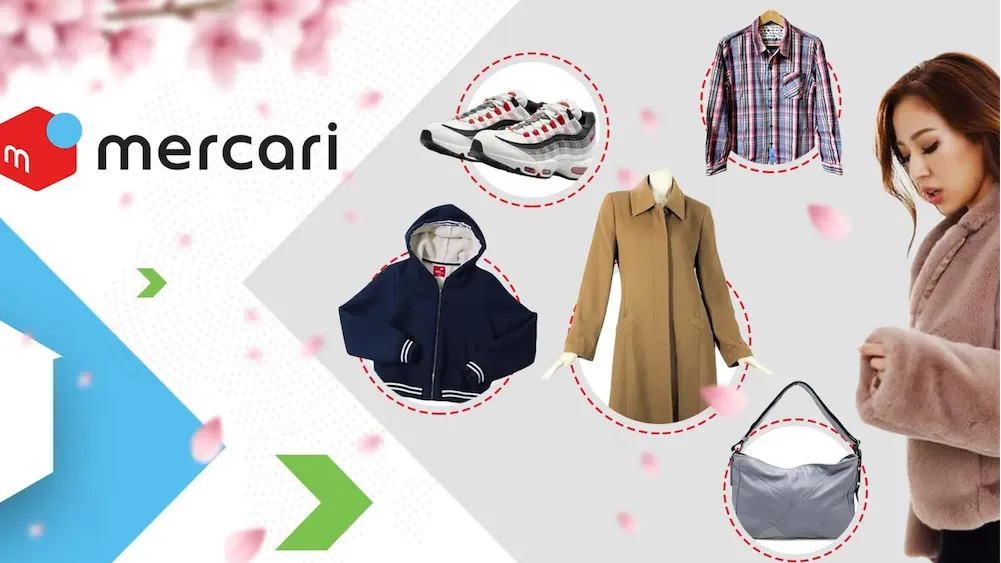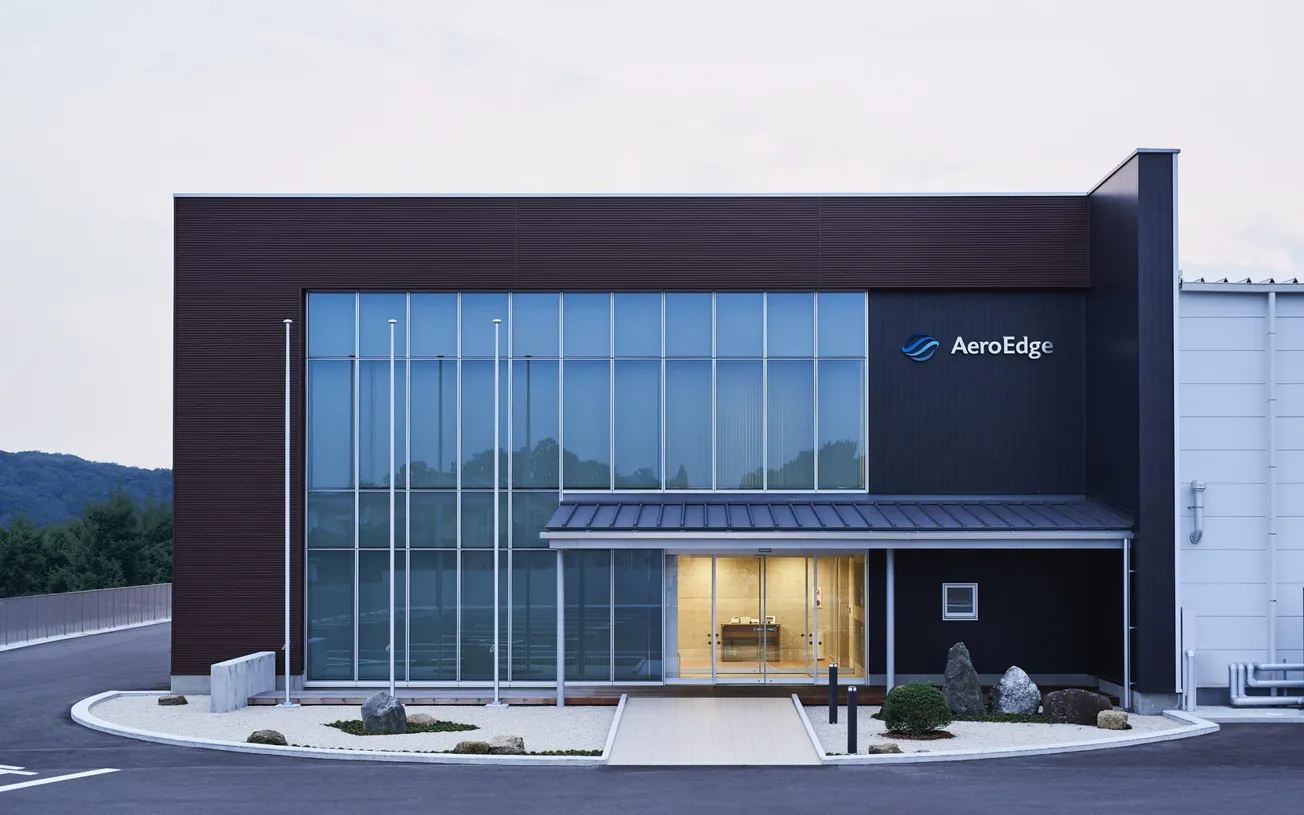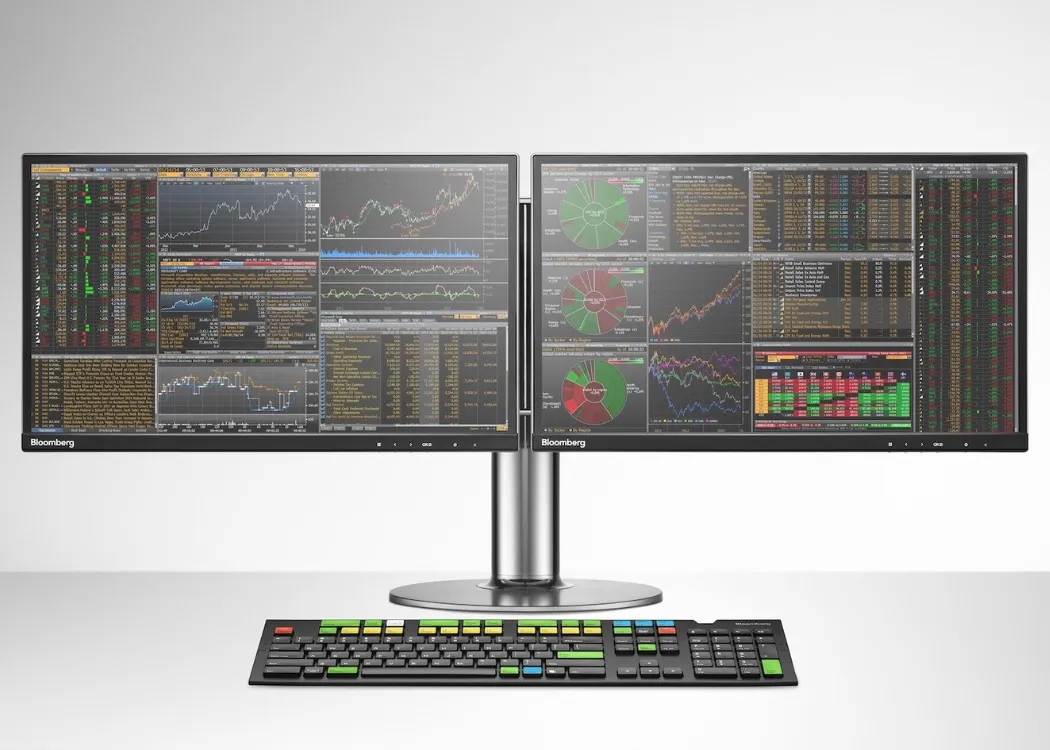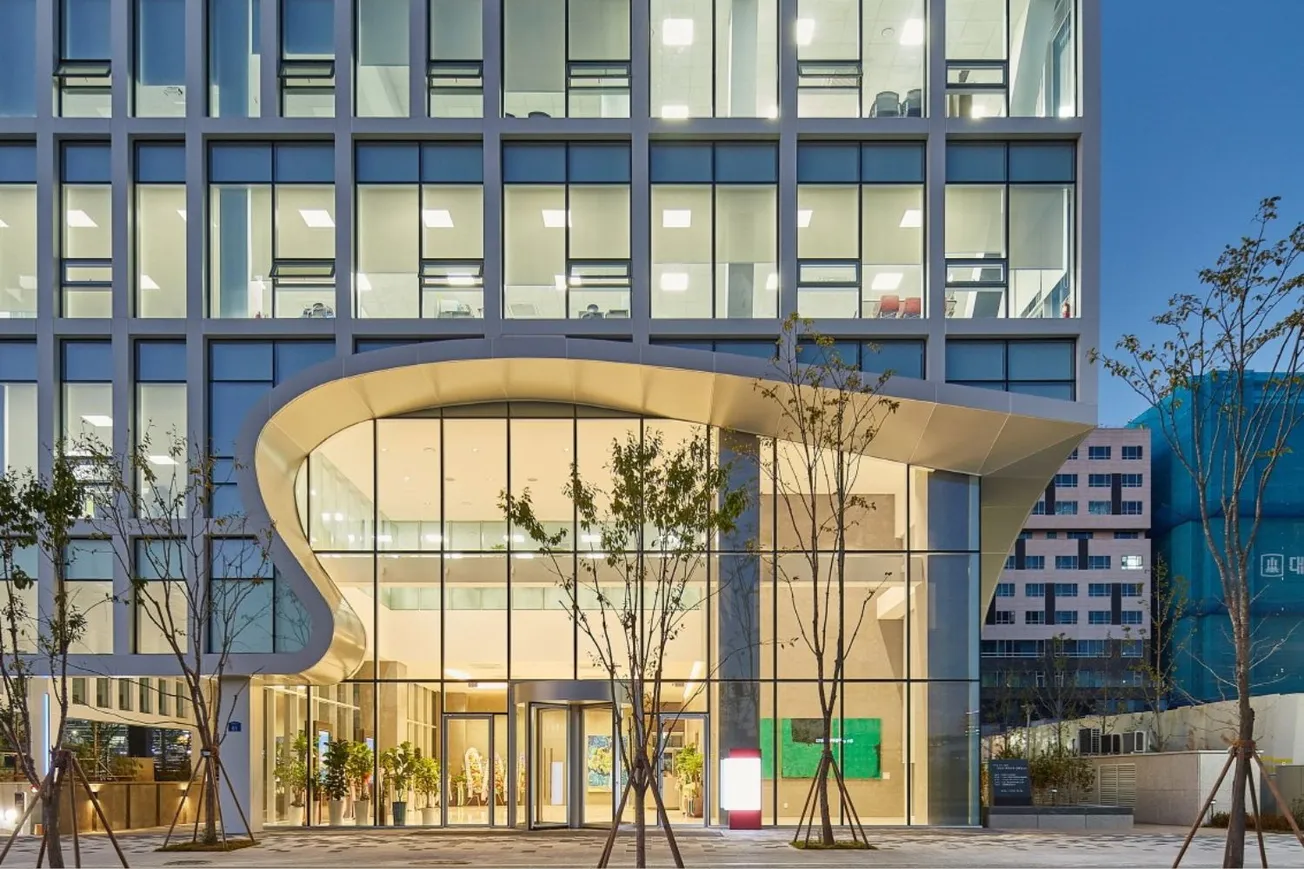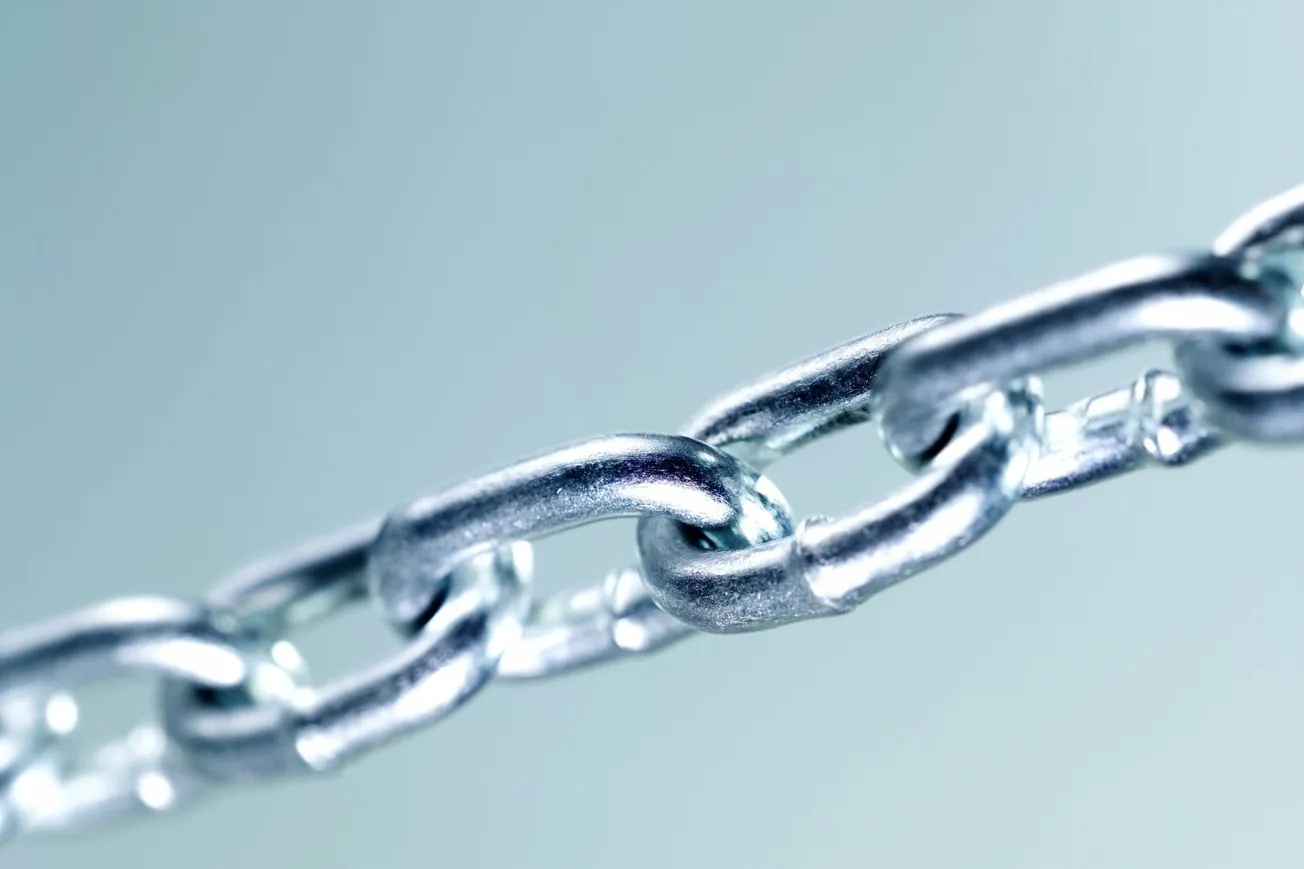Disclaimer: Asian Century Stocks uses information sources believed to be reliable, but their accuracy cannot be guaranteed. The information contained in this publication is not intended to constitute individual investment advice and is not designed to meet your personal financial situation. The opinions expressed in such publications are those of the publisher and are subject to change without notice. You are advised to discuss your investment options with your financial advisers, including whether any investment suits your specific needs. From time to time, I may have positions in the securities covered in the articles on this website. Full disclosure: I do not hold a position in Kansai Paint at the time of publishing this article. To reiterate, this post and the below presentation are for informational and educational purposes only - not a recommendation to buy or sell shares.
Kansai Paint (4613 JP - US$2.9 billion) is the world’s 8th largest paint manufacturer with a special focus on automotive paint.
It’s one of the major suppliers of Toyota, Daihatsu, Suzuki, and several others. Since most Japanese automakers are global, Kansai Paint serves them in many markets, including India, where key client Maruti Suzuki is growing like wildfire. Kansai Paint’s automotive paint segment accounts for 40% of total revenues.
Kansai Paint also has a large architectural paint franchise with a large presence in emerging markets like India and South Africa. These are sold to contractors or directly to consumers through distributors like paint shops. This segment represents 28% of revenues.
Finally, it has a large and growing industrial paint business focusing on Japan and Europe. This paint is used in anything from heavy machinery to pipelines, electrical components, furniture, railway carriages, aircraft, etc. It’s currently 25% of revenues but has grown in importance.
I believe Kansai Paint has a solid franchise, but the economic moats of consumer-facing paint companies like Sherwin Williams and Asian Paints are probably stronger. In contrast, Kansai Paint’s strength lies in its R&D and connection to key automakers, who are unlikely to switch as long as the company continues to deliver.
What I find refreshing about Kansai Paint is that its new leadership is rational regarding capital allocation. The new CFO, Takahara Shigeki, is obsessed with improving the company’s return on equity, which has increased from 10% to 13%, and it will probably be even higher when the next medium-term plan is announced later this year.

